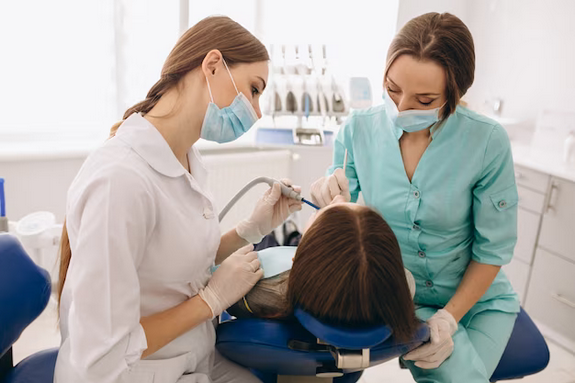Introduction
Bone grafting in dentistry has become a critical procedure for restoring and maintaining oral health, especially in cases where bone loss has occurred due to periodontal disease, trauma, or tooth extraction. Successful bone grafting not only lays the foundation for dental implant placement but also ensures proper function and aesthetics for the patient. However, achieving optimal outcomes in bone grafting requires a deep understanding of the techniques, materials, and biological processes involved. In this article, we will delve into the secrets behind successful bone grafting for teeth.
Understanding Bone Physiology
Before delving into bone grafting techniques, it is crucial to understand the physiology of bone. Bone is a dynamic tissue constantly undergoing remodeling through processes of resorption and formation. Factors such as age, systemic health, and local conditions influence bone metabolism. Additionally, bone possesses the remarkable ability to regenerate under the right circumstances, making it an ideal target for grafting procedures.
Selection of Graft Materials
One of the key secrets to successful bone grafting lies in the careful selection of graft materials. Various options are available, including autografts, allografts, xenografts, and synthetic materials. Autografts, harvested from the patient's own body, offer excellent biocompatibility and osteogenic potential but involve additional surgical sites and potential donor site morbidity. Allografts, derived from human donors, provide an alternative with good osteoconductivity but carry the risk of disease transmission and immune rejection. Xenografts, sourced from animal sources, offer biocompatibility but may trigger immunological responses. Synthetic materials, such as hydroxyapatite and calcium phosphates, provide stability and avoid donor site complications but lack inherent osteogenic properties.
Surgical Techniques
Successful bone grafting also relies on meticulous surgical techniques. The procedure involves creating a recipient site, preparing the graft material, and securing it in place. Various approaches, including ridge augmentation, sinus lifts, and socket preservation, cater to different clinical scenarios. Proper flap management, precise graft placement, and primary wound closure are essential for promoting healing and minimizing complications. Additionally, advancements in minimally invasive techniques and guided bone regeneration have revolutionized the field, offering enhanced outcomes and reduced patient morbidity.
Biological Principles
Understanding the underlying biological principles is paramount for achieving successful bone grafting outcomes. The graft material serves as a scaffold for new bone formation, while the host's osteogenic cells infiltrate and populate the site. Angiogenesis, the formation of new blood vessels, plays a crucial role in providing nutrients and oxygen to support bone regeneration. Moreover, the presence of growth factors, such as bone morphogenetic proteins (BMPs) and platelet-derived growth factors (PDGFs), can stimulate osteogenesis and accelerate healing. Harnessing these biological mechanisms through proper graft selection and adjunctive therapies enhances graft integration and overall success.
Patient Factors
Consideration of patient factors is indispensable in optimizing bone grafting outcomes. Patient history, including systemic health conditions and medications, can influence the healing process and graft integration. Smoking, for instance, compromises blood flow and impairs wound healing, significantly impacting graft success rates. Moreover, patient compliance with post-operative instructions, including oral hygiene practices and follow-up appointments, is crucial for ensuring proper healing and long-term stability.
Post-operative Care
The secrets to successful bone grafting extend beyond the operating room into the post-operative phase. Adequate post-operative care is essential for promoting graft integration and preventing complications. Patients should adhere to prescribed medications, including antibiotics and analgesics, to minimize the risk of infection and alleviate discomfort. Furthermore, maintaining proper oral hygiene through gentle brushing and rinsing helps prevent bacterial colonization and inflammation at the surgical site. Regular follow-up visits allow for assessment of healing progress and early detection of any complications, ensuring timely intervention if necessary.
Conclusion
Successful bone grafting in dentistry involves a comprehensive approach encompassing an understanding of bone physiology, careful selection of graft materials, meticulous surgical techniques, consideration of biological principles, patient factors, and diligent post-operative care. By adhering to these secrets, dental professionals can achieve optimal outcomes, restoring oral function and aesthetics while improving the quality of life for their patients. Through continued research and innovation, the field of bone grafting continues to evolve, offering new insights and techniques to enhance success rates and patient satisfaction.





Comments